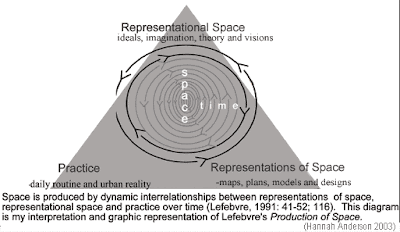What is
Psychoanalysis?
‘Psychoanalysis is a theory of the human mind, a therapy for
mental distress, an instrument of research and a profession. A complex
intellectual, medical and sociological phenomenon’
‘For Freud, psychoanalysis is about memories, thoughts,
feelings, phantasies, intentions, wishes, ideals, beliefs, psychological
conflict, and all that stuff inside what we like to call our minds.’
Ivan Ward and Oscar Zarate, Introducing Psychoanalysis,
2000
‘A discipline founded by Freud….a. As a method of
investigation which consists essentially in bringing out the unconscious
meaning of the words, the actions and the products of the imagination (dreams,
phantasies, delusions) of a particular subject. b. As a psychotherapeutic model.
c. As a group of psychological and psychopathological theories…’ Laplanche and
Pontalis, The Language of Psychoanalysis, 1973
Lecture topics: 1.
Sexuality and Development; 2. The Structure of the Mind ; 3. Dreams/ Surrealism
Key questions: What
is Psychoanalysis?; Introduction to the key ideas associated with it?; How can
it be used as a tool for critical analysis?; How has it been taken up in the
visual arts?
The Mirror Stage: ‘Unable as yet to walk, or even to
stand up, and held tightly as he is by some support, human or artificial (what
in France, we call a ‘trotte-bébé’), he nevertheless overcomes in a
flutter of jubilant activity, the obstructions of his support and, fixing his
attitude in a slightly leaning forward position in order to hold it in his
gaze, brings back an instantaneous aspect of the image.’
Jacques Lacan ‘The Mirror Stage as Formative Function of the
I as Revealed in Psychoanalytical Experience’ (1949).
Psychoanalysis as a critical perspective:
•Psychoanalysts are interested in art as a visual means to
consider our social morality – ideas of right and wrong, the desirable, the
taboo.
•Psychoanalytical critics may drawn on psychoanalytical
theory to investigate ideas around the producer of a work of art and how the
spectator or audience interprets it.
•This could, however, lead to a reading which simply
explores meanings around subjectivity and selfhood, over the social- art of
course is always produced in a particular time and place and social situation.
•It is important to think about how we might use a
psychoanalytical approach- What would be gained? What are its limits?
•It becomes a critical perspective or tool for analysis
within the remit of cultural theory.
Bibliography:
Gallop,
Jane, Feminism and Psychoanalysis: The
Daughter’s Seduction (Basingstoke, Hampshire: Macmillan, 1986)
Freud,
Sigmund, Art and Literature (London:
Penguin Books, 1990)
Freud,
Sigmund, The Essentials of Psychoanalysis
(London: Penguin Books, 1986)
Freud,
Sigmund, The Interpretation of Dreams
(Hertfordshire: Wordsworth Editions Limited, 1997)
Lacan,
Jacques, Écrits: A Selection (London
and New York: Routledge, 2004)
Laplanche,
Jean and Jean-Bertrand Pontalis, The
Language of Psychoanalysis (London: Karmac Books, 2006)
Lomas,
David, The Haunted Self: Surrealism,
Psychoanalysis and Subjectivity (New Haven and London: Yale University
Press, 2000)
Mulvey,
Laura, Visual and Other Pleasures
(Basingstoke: Macmillan, 1989)
Storr,
Anthony, Freud: A Very Short Introduction
(Oxford: Oxford University Press, 1989)
Roudinesco,
Elizabeth, Jacques Lacan and Co: A
History of Psychoanalysis in France, 1925-1983 (London: Free Association
Books, 1990)
